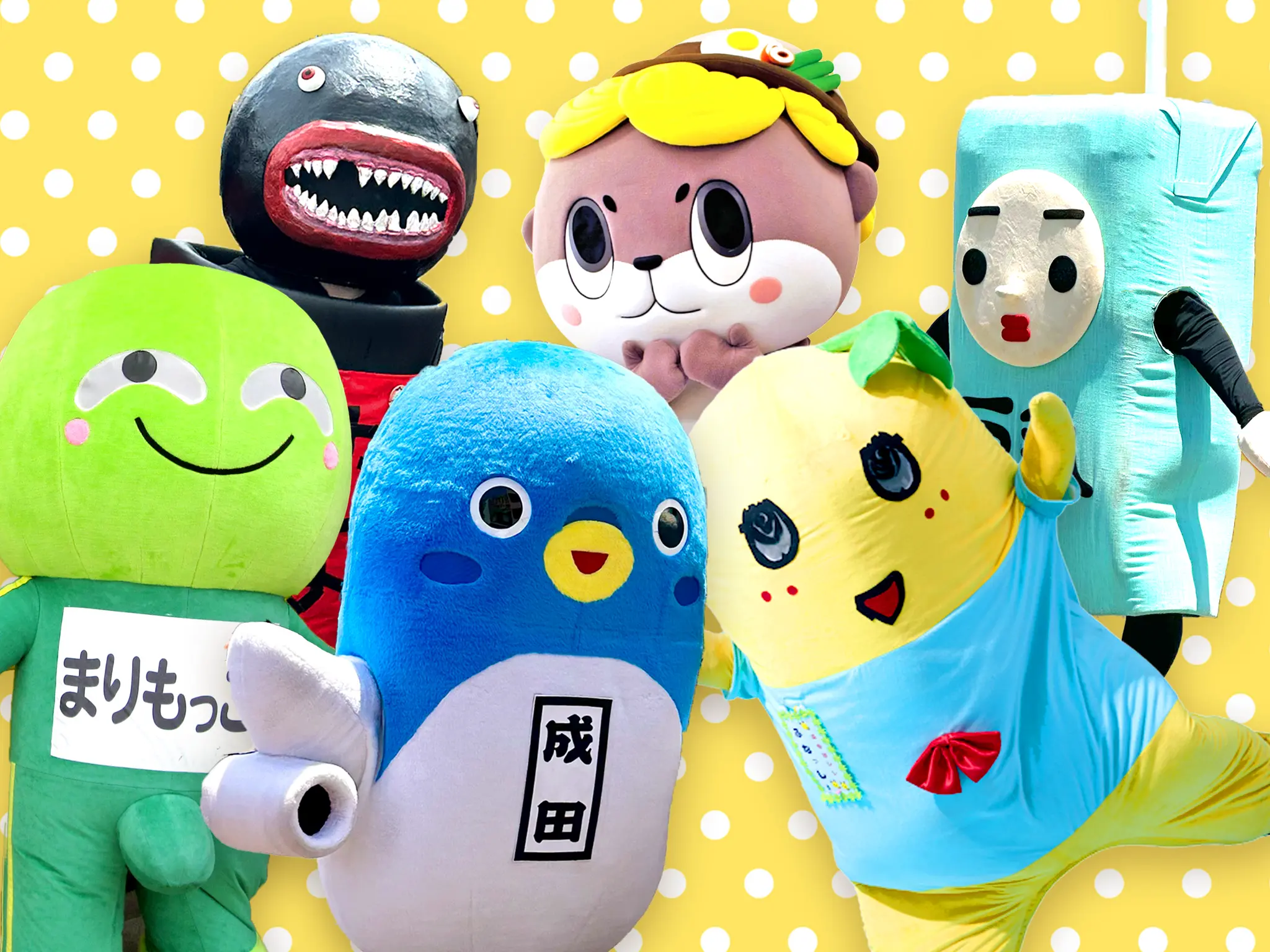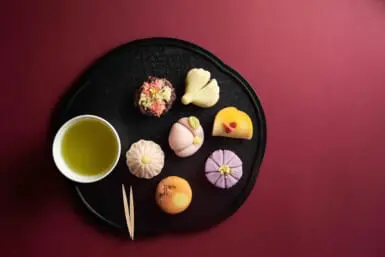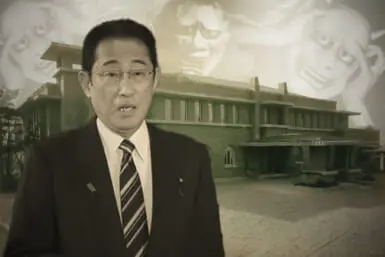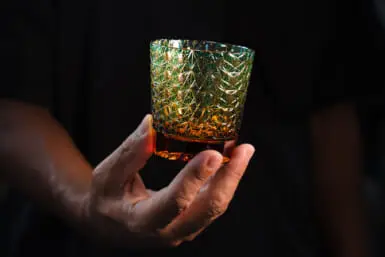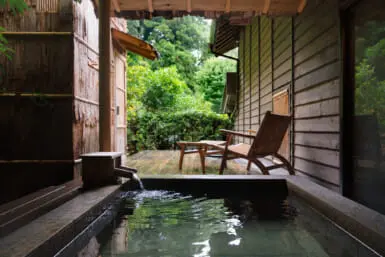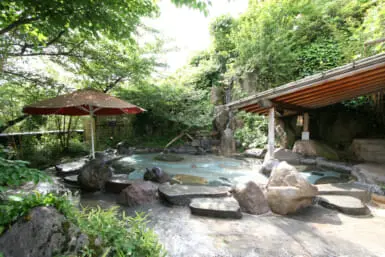I recently visited Shikoku for the first time, taking a train down to Kochi for the 2024 Gotouchi Character Festival in Susaki. Over 75 mascots from all over Japan attended the event. I gravitated toward the more kawaii characters, like Ehime Prefecture’s Mikyan (a mandarin-puppy hybrid with leaf ears and a flower tail) and the local host, Shinjo-kun, a ramen hat-wearing river otter whom you may already know from being featured on HBO’s Last Week Tonight with John Oliver and his intertwined relationship with the chaotic Chiitan.
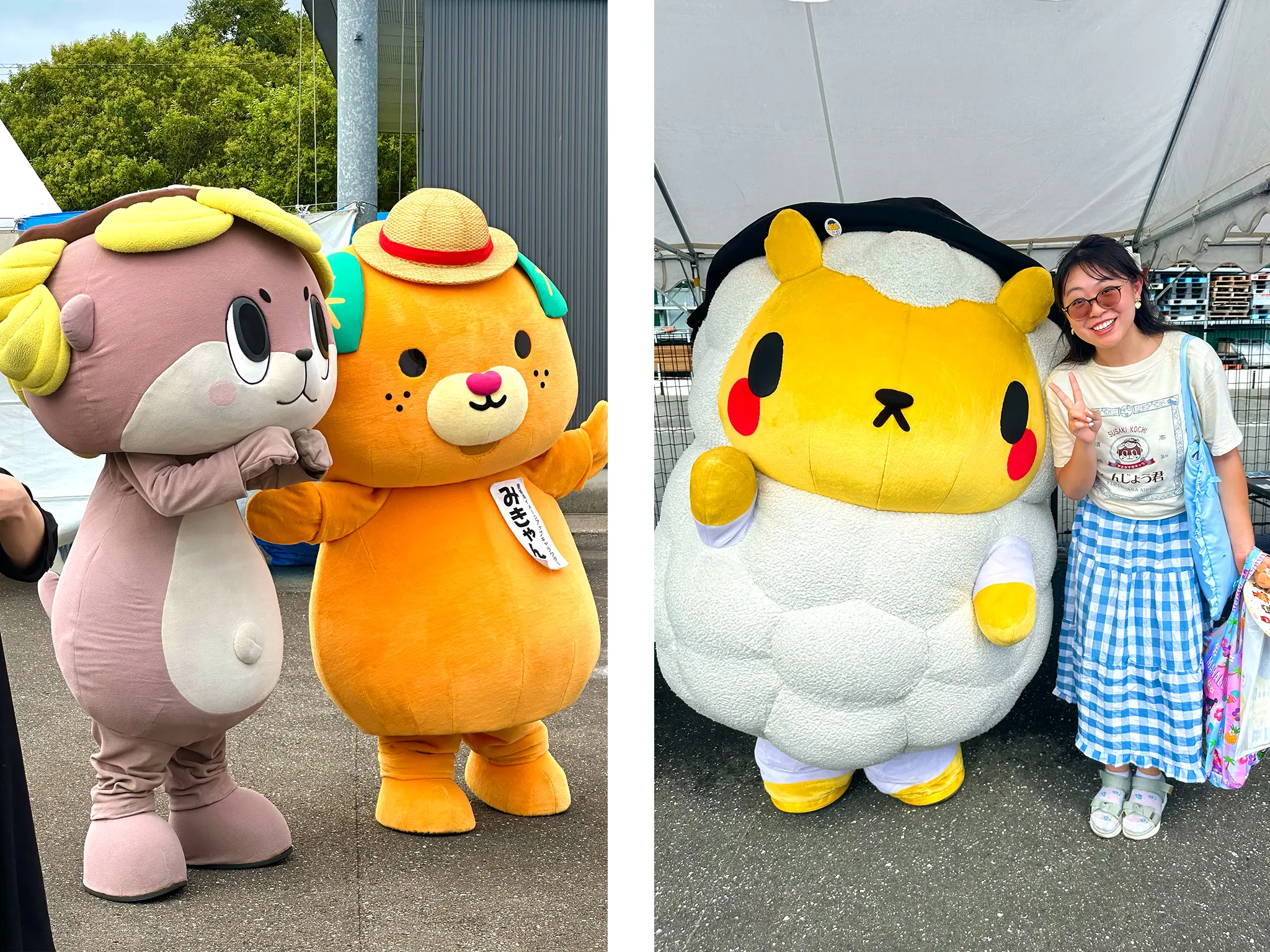
Japanese mascots are usually called yuru kyara. The Japanese word yurui translates to “loose” or “wobbly,” but it can also be interpreted as soft, relaxed or vulnerable. The term was coined and trademarked by illustrator and Japanese pop culture critic Jun Miura, often regarded as the “original yuru kyara otaku.”
According to Miura, three main characteristics define yuru kyara: They have a strong excitement for a local region, awkward movements and behavior, and laid-back and lovable personalities. Because of this characterization, you’ll often see Japanese mascots walking with a toddler-like wobble or innocently getting into silly shenanigans.
Yuru kyara have become increasingly popular in the past decade or so, beginning with Kumamon, the wide-eyed black bear from Kumamoto city, who is often seen dancing and has a bit of a mischievous personality.
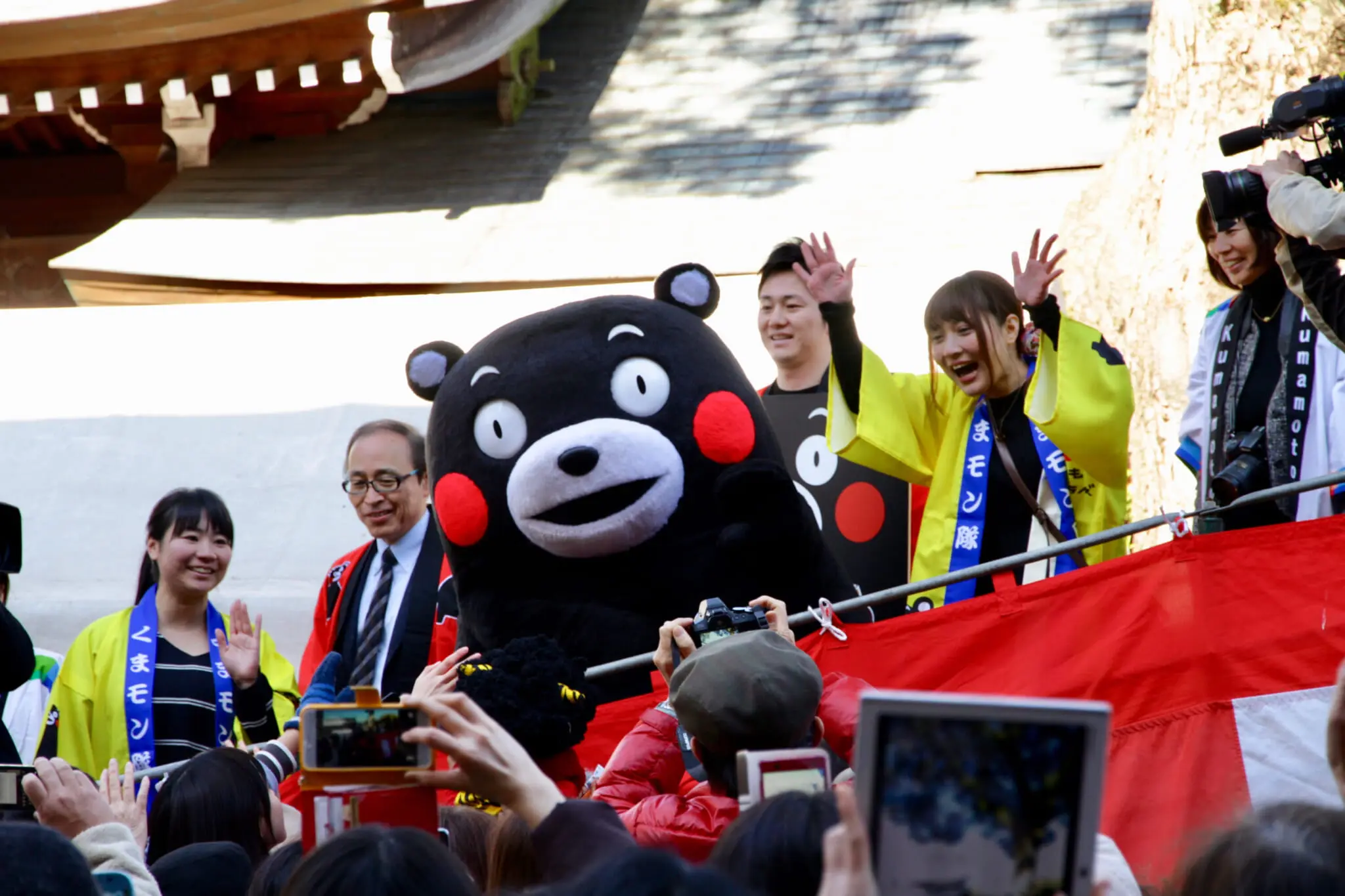
Kumamon brought in a jaw-dropping ¥11.8 billion in merchandising sales in just the first six months of 2012 after being crowned the winner of the second annual Yuru Kyara Grand Prix in 2011. He’s become an icon, not just of Kumamoto but of Japan as a whole.
There are many different mascots throughout the country, and they often have very creative backstories to go along with their profiles. Read on to meet some of the most peculiar yet endearing personalities that I’ve encountered throughout my yuru kyara adventures and research.
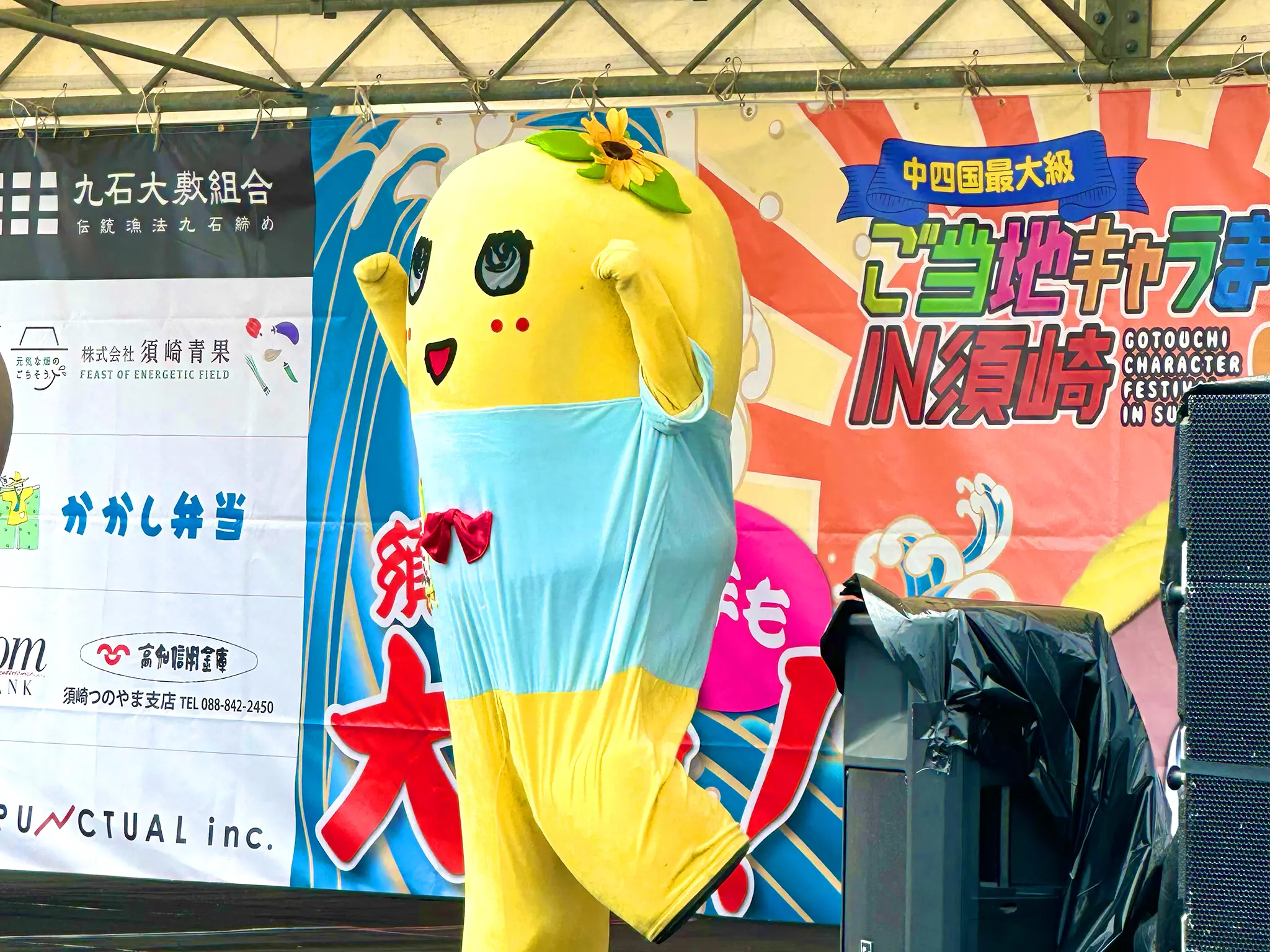
Funassyi
Like Kumamon and Chiitan, Funassyi has achieved viral worldwide fame. The mascot represents Funabashi, Chiba Prefecture, which is famous for its pears. According to its official biography, Funassyi is neither male nor female, but rather a magical pear fairy. While yuru kyara tend to be voiceless, Funassyi has a distinctive high-pitched screech; its chaotic energy is conveyed through excited shrieks and headbanging.
Funassyi is actually an unofficial mascot for the city, having been created by a local merchant in 2011 to promote a shop. It would scream its signature “Nashi-jiru busha!” greeting (roughly, “I’m exploding with pear juice!”) at customers. The creator has decided to remain anonymous.
Though still officially “unofficial,” Funassyi has grown into a life of its own, starring in multiple commercials, making television appearances, winning awards and opening several Funassyi Land retail stores across the country. The Funassyi empire reported earning $8 million USD in merchandise sales alone in 2013.
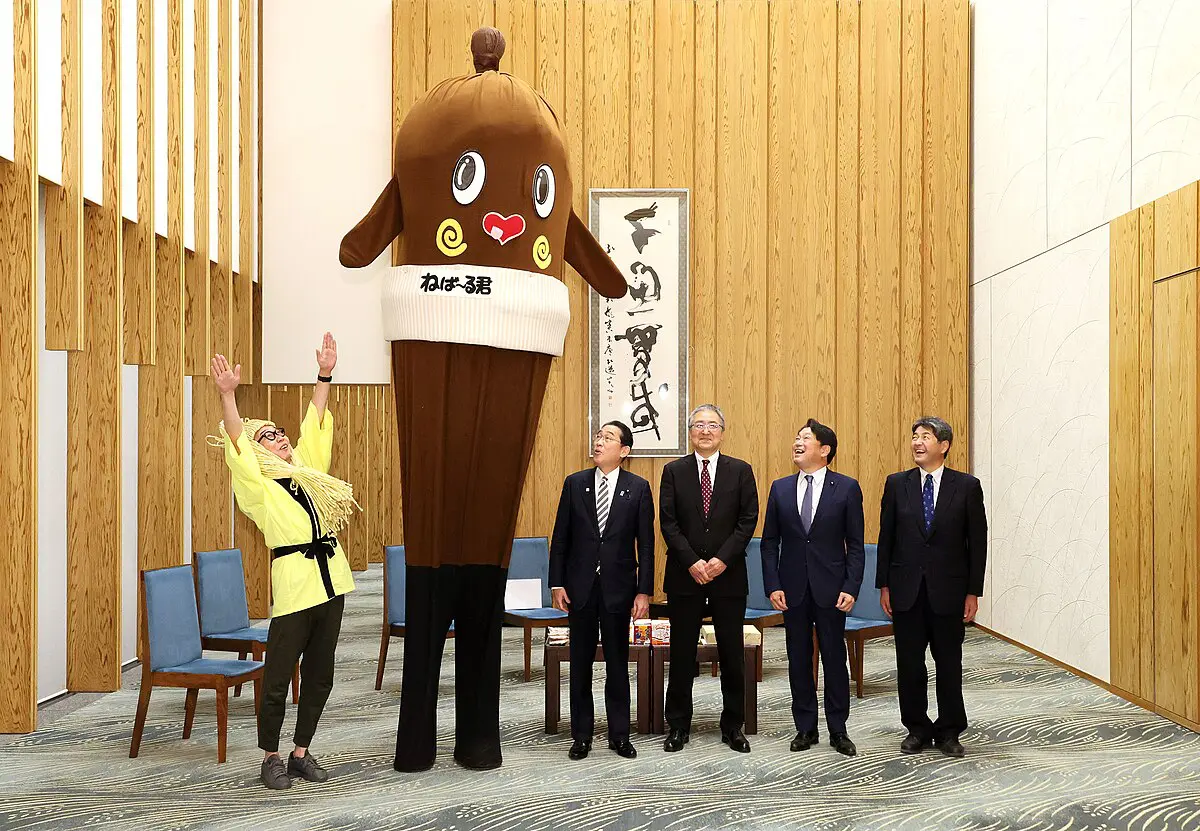
Nebaaru-kun
Nebaaru-kun, introduced to me by a co-worker here at Tokyo Weekender, is a natto fairy representing Ibaraki Prefecture. According to an official profile, Nebaaru-kun is 710 years old and holds the title of Ibaraki Charm Spreader. It’s said that coming in contact with Nebaaru-kun or taking a picture with him will bring good luck.
Nebaaru-kun is inspired by natto, the pungent fermented soybeans that originated in Ibaraki. The mascot’s name comes from neba neba, an onomatopoeia for viscous, gluey textures that perfectly captures natto’s stringy, sticky nature. Nebari (粘り) is also the Japanese word for a sticky viscosity. Nebaaru-kun looks relatively innocent, but he likes to surprise (and likely scare) people with a secret trick — he can spring up to a height of about 3 meters.
Nebaaru-kun’s YouTube channel, NebaNebaTV, has over 390,000 subscribers with over 600 million total views.
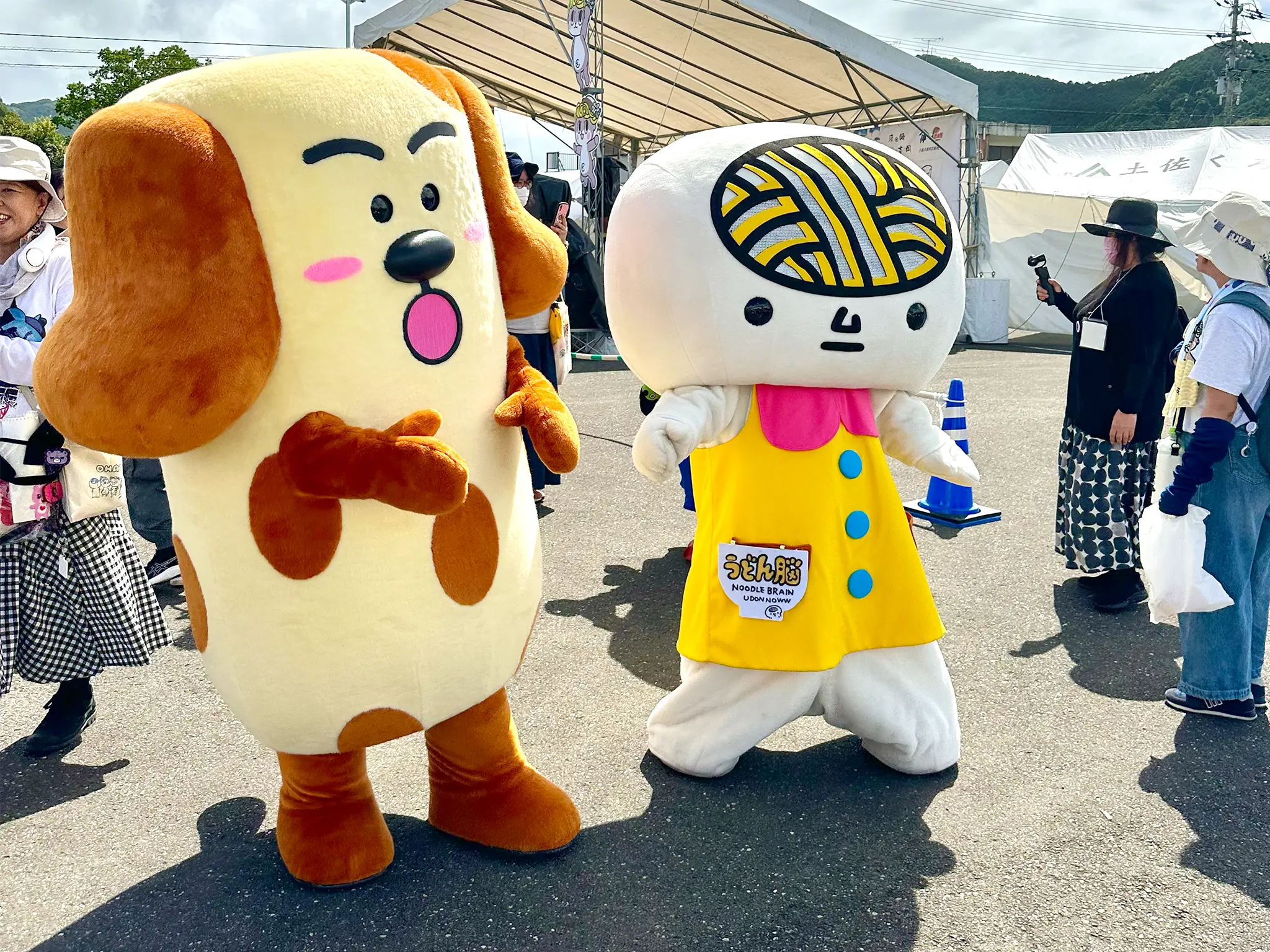
Udonnoww (Udon Nou)
Udonnoww, sometimes translated as Udon Brain, is the mascot for Kagawa Prefecture, where over 600 udon restaurants ply their trade.
This yuru kyara uses the tsuru tsuru onomatopoeia for slurping to convey its never-ending addiction to noodles, even incorporating it into its full name: Tsuru-kyara Udonnoww. Because the character’s head contains only udon and no actual brain cells, it’s portrayed as an airhead with limited memory. Udonnoww even comes with its own evolutionary theory.
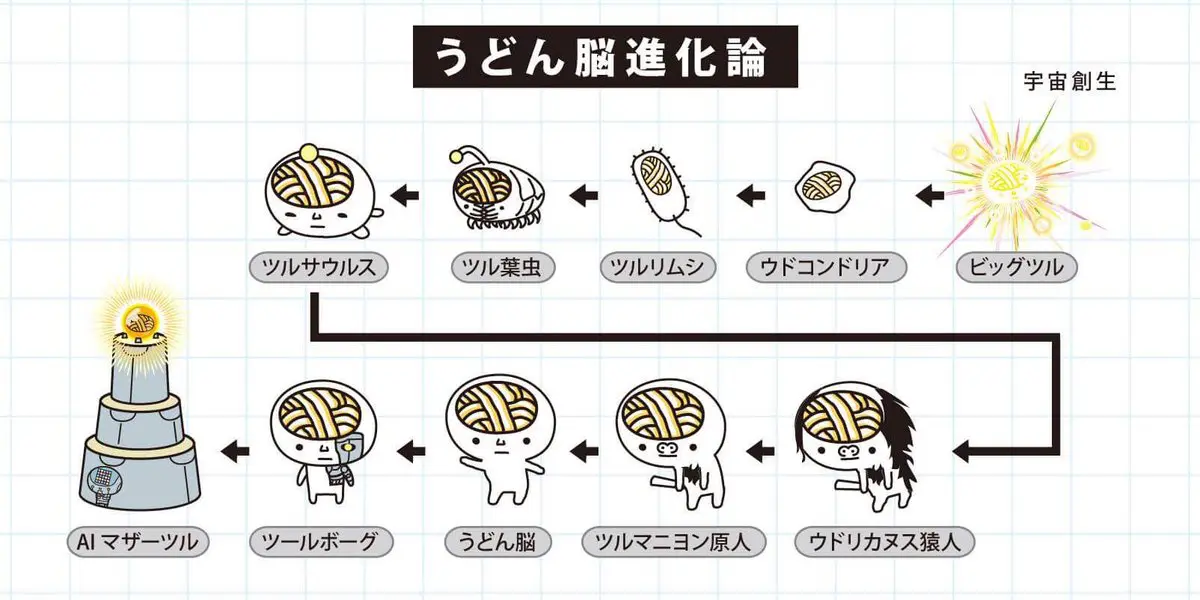
Udonnoww won first place in the 2023 Yuru-Verse, the new iteration of the Yuru Kyara Grand Prix, which had its final event in 2020 before being discontinued after facing criticism for overly intense campaigns and, shockingly, a vote-rigging scandal.
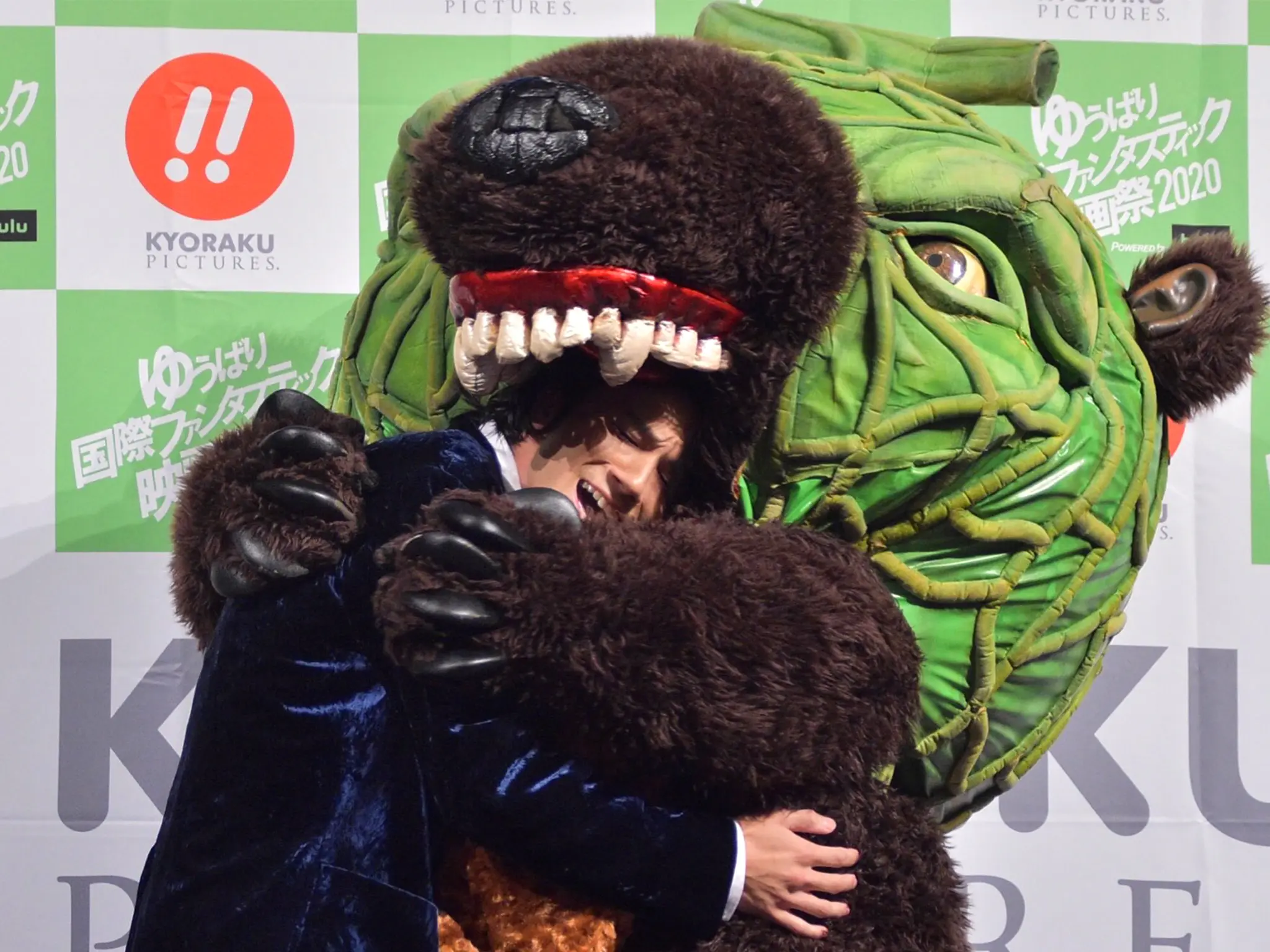
Melon Kuma
Melon Kuma is infamous for being one of the scariest mascots in Japan. The melon-bear hybrid is a terrifying unofficial representative of Hokkaido’s Yubari city. Yubari’s specialty is its melons, a pair of which sold at auction in 2017 for a whopping ¥1.5 million.
The bear has a huge head while the melon’s ridges resemble veins. The impressively photorealistic bear design is complete with claws and fangs. Melon Kuma loves to chomp down on melons, fellow yuru kyara and even guests. Not even children are spared from the mascot’s horrifying attacks.
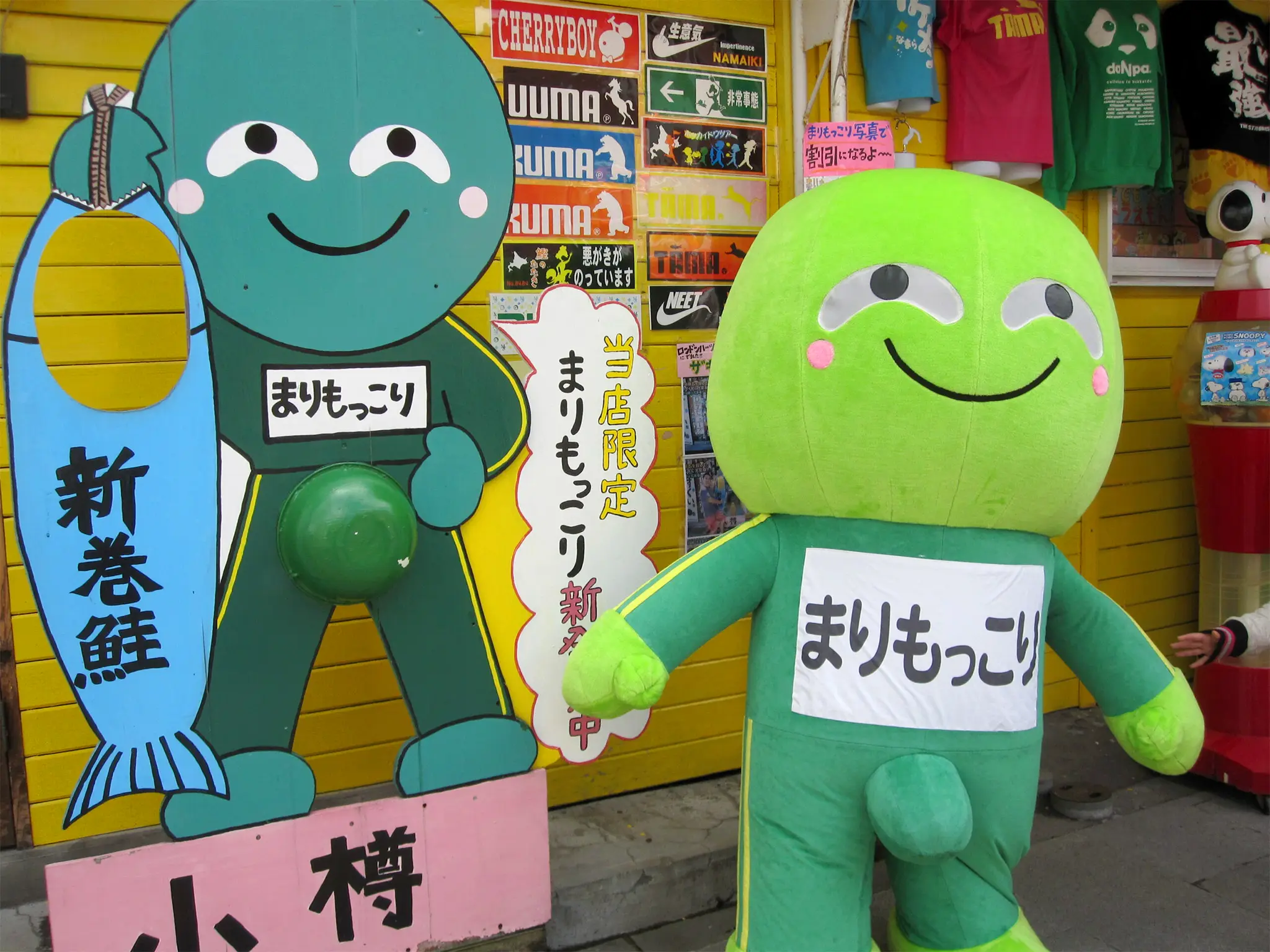
Marimokkori
Marimokkori, created by souvenir wholesaler Kyowa Co. Ltd. in 2005 as a merchandising character, is another questionable and controversial character from Hokkaido. The name is a combination of marimo and mokkori. Marimo are green algae balls that grow in Hokkaido’s lakes. And mokkori — well, it’s the slang term for an erection.
Marimokkori has green skin, a pervy grin and a very noticeable bulge in his pants. Souvenir shops initially rejected Marimokkori because of his vulgarity, but he has gradually become popular throughout Hokkaido after being spotted with celebrities on television programs.
Kyowa has a wide variety of Marimokkori goods, from pens and towels to boxer shorts.
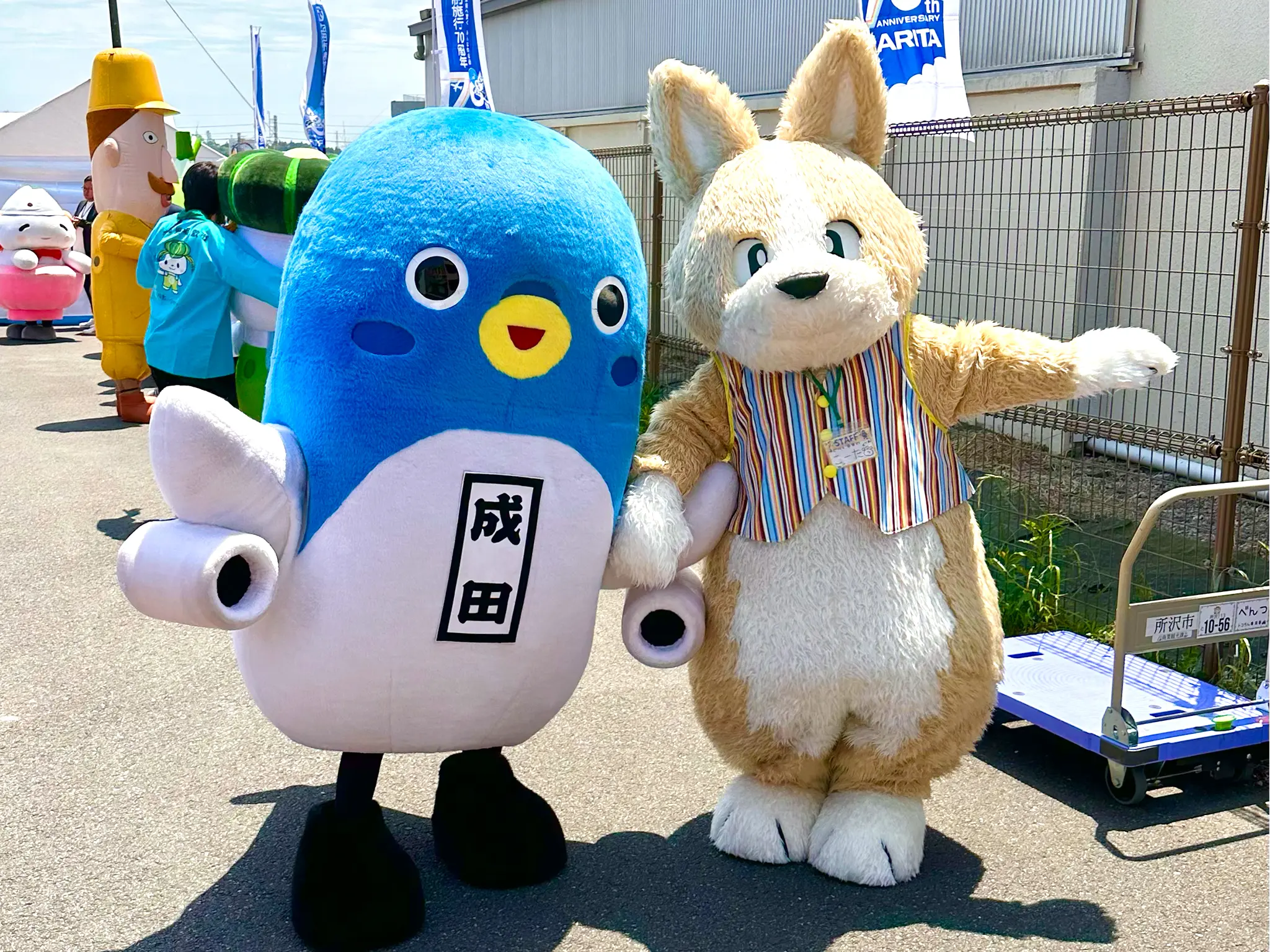
Unari-kun
Unari-kun is the special tourism ambassador for Narita city in Chiba Prefecture. At first glance, Unari-kun appears to be an airplane due to his appearance and the city’s close association with Narita International Airport. But according to his biography, Unari-kun is actually an alien, born on the planet Unari, who landed at Narita Airport. After discovering that Narita has a nice community with kind people and delicious food, Unari-kun decided to stay on Earth. He states that he even got his residency card.
Unari-kun’s name is a mix of unagi (Japanese freshwater eel) — a local delicacy — and “Narita.” Unari-kun was the 2017 winner of the Yuru Kyara Grand Prix.
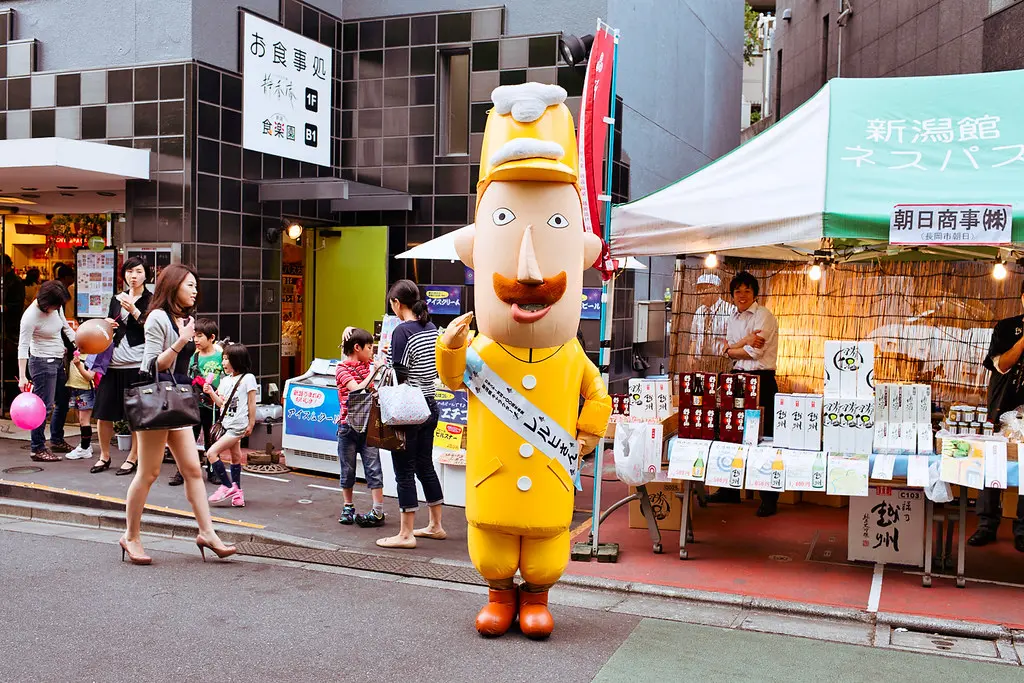
Reruhi-san
Reruhi-san was born from the 100th anniversary of skiing in Japan. The mascot is based on Theodor von Lerch, a major general of the Austro-Hungarian Empire’s army and the first recorded ski instructor in Niigata Prefecture. The major visited Japan as part of an exchange of officers and was invited to teach the sport to the regiment, and later to civilians as well, conducting his ski lessons on Mount Kanaya. Now Reruhi-san serves as a representation of skiing’s history in Japan and works to revitalize winter tourism in Niigata.
Reruhi-san, an inflatable mascot, is strikingly tall and towers over other yuru kyara. It’s also rare to see yuru kyara that are not only human-shaped but based on historical figures.
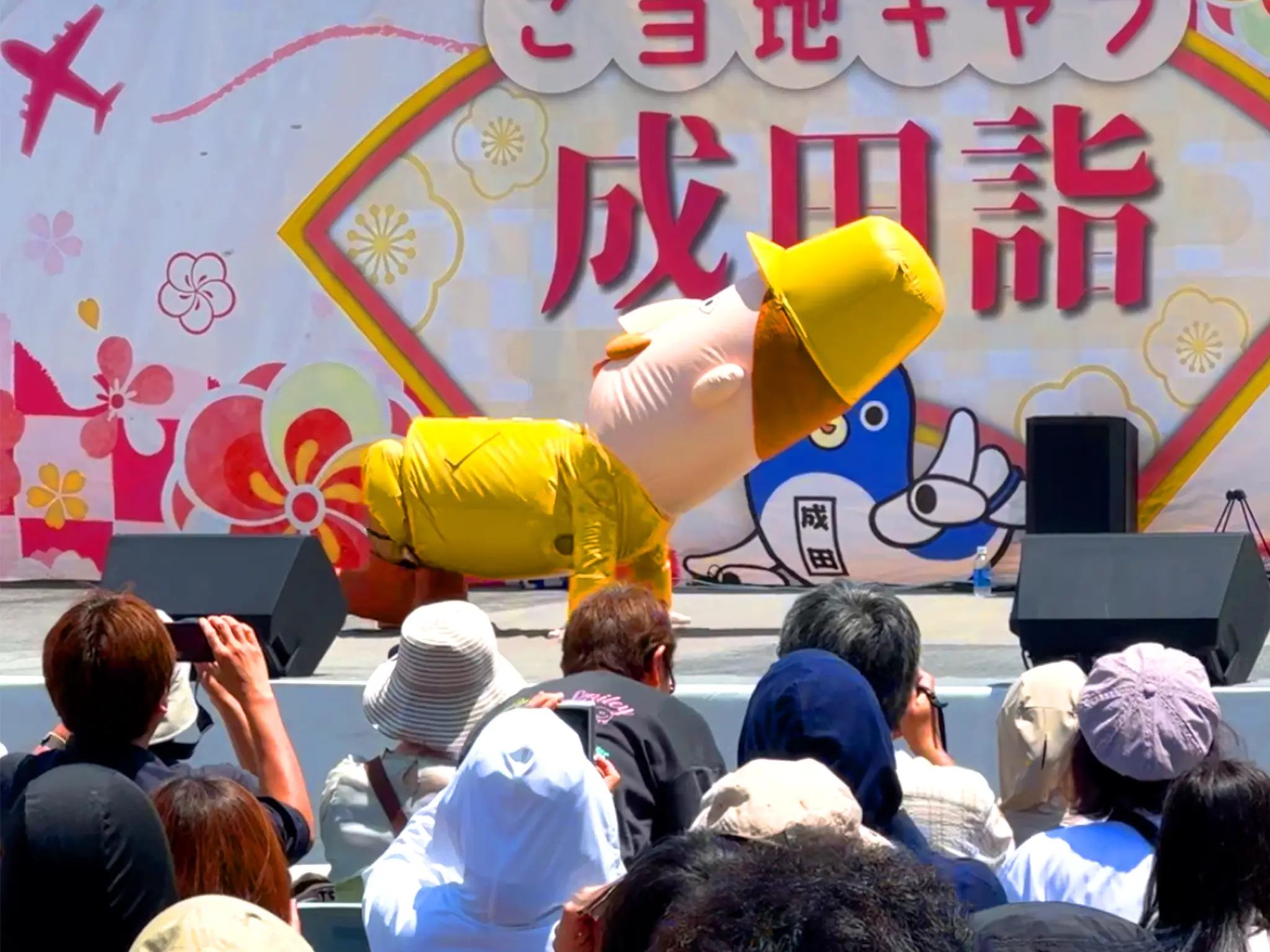
The mascot has a pretty timid voice, but his stage presence is quite shocking. I spotted him in Narita, where Reruhi-san bent down and started crawling backward on all fours to the audience’s frightened surprise.
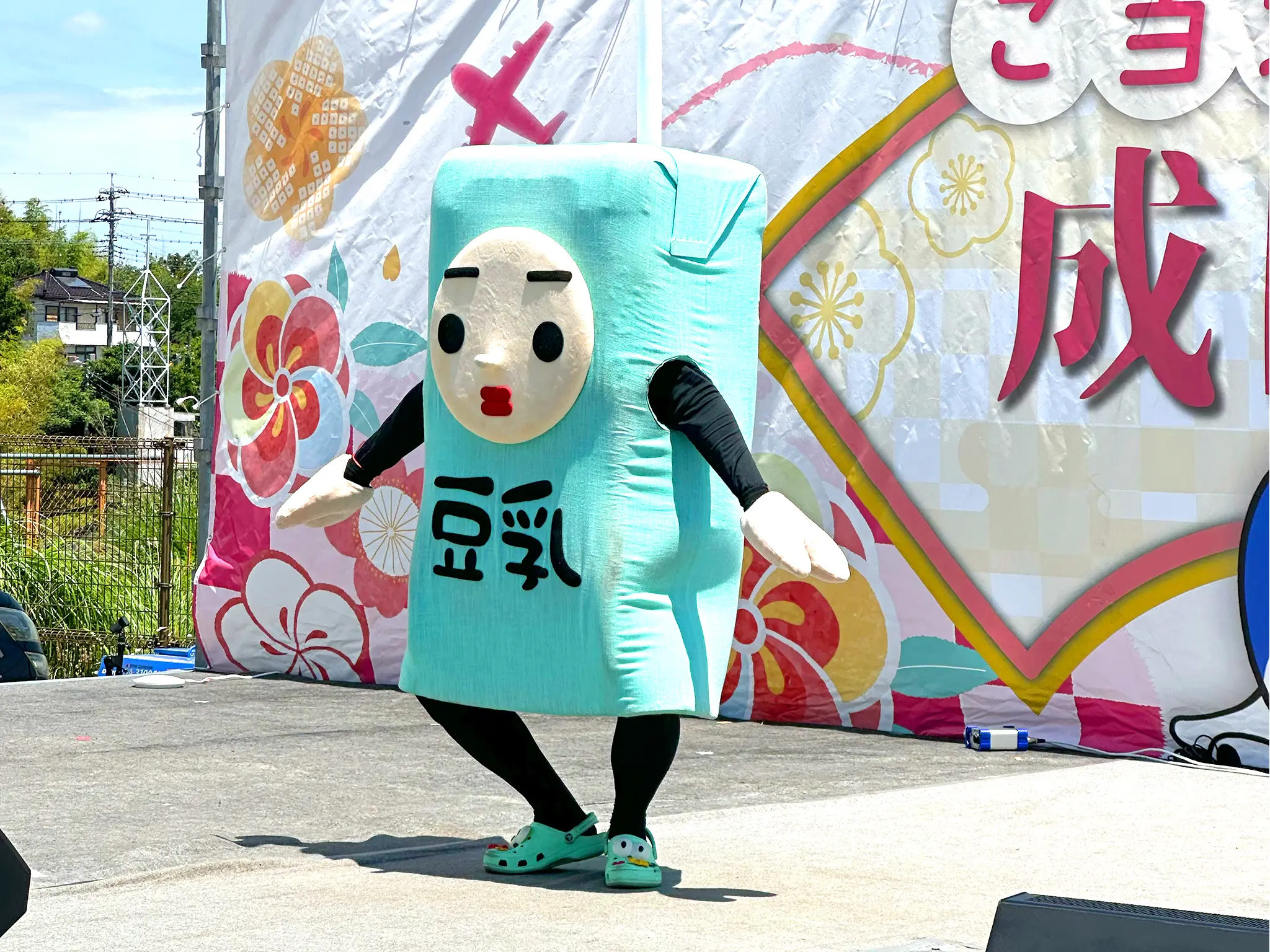
Tounyu-san
Tounyu-san has a pretty straightforward background: He is simply a carton of soy milk — who wears matching teal Crocs! Like Unari-kun, Tounyu-san is an alien, arriving on Earth from Planet Soymilk about 12 years ago. He now lives in Akihabara Electric Town and is officially recognized by the Japan Soymilk Association.
While he is just soy milk, Tounyu-san has a feisty personality. He is commonly seen taking off his face and placing it back on upside down.
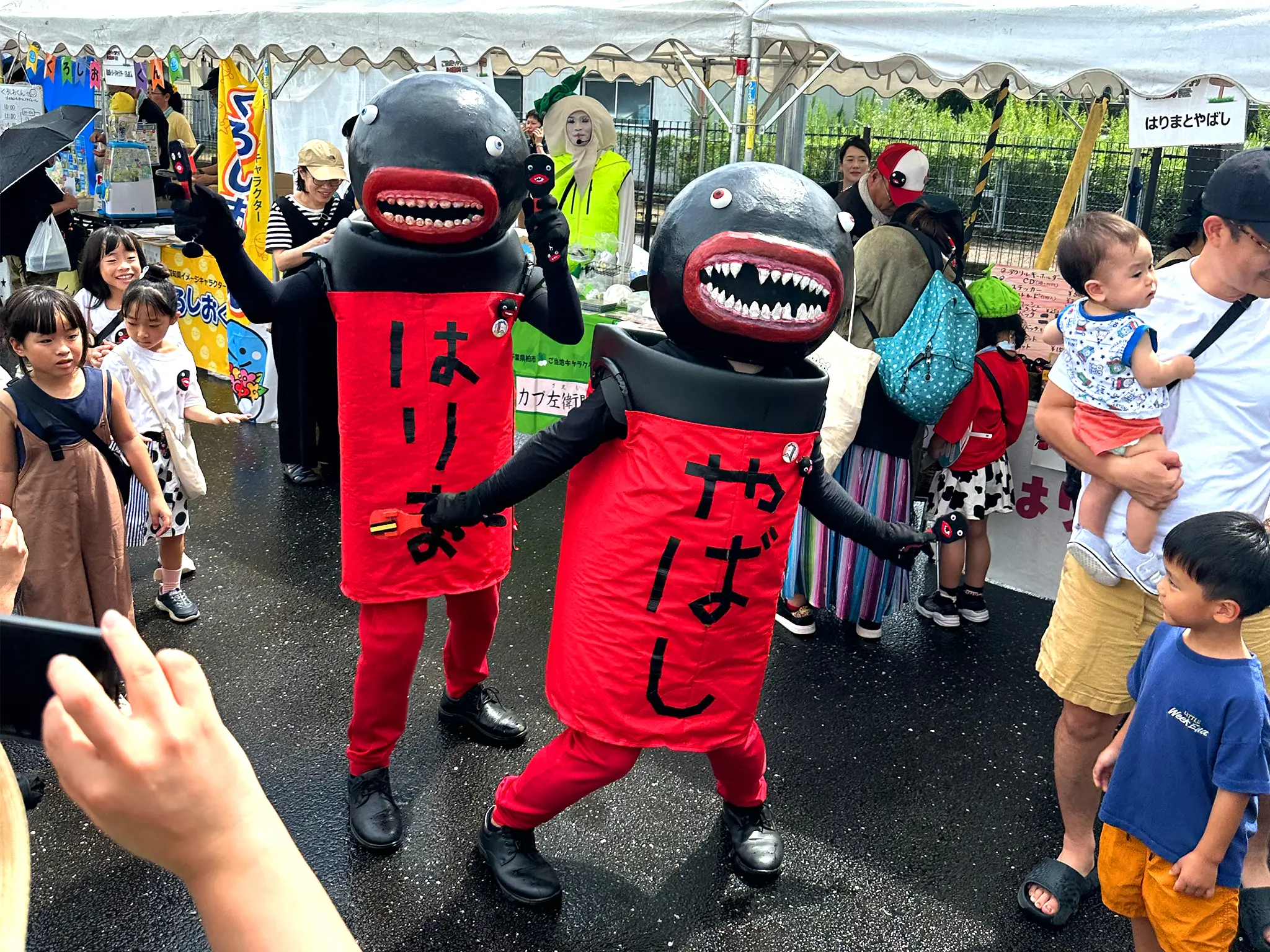
Harima and Yabashi
Here are two new creatures for your nightmares: Harima and Yabashi, the creepy, toothy duo local to Kochi city in Shikoku’s Kochi Prefecture. Harima and Yabashi were created by Hitoshi Shimoo and Yuya Okanoue to promote Harimaya Bridge and Jinzenju Café.
The vibrantly red Harimaya Bridge, the setting of a legendary romance between a monk and a local woman, is a popular sightseeing spot. However, it’s also considered one of Japan’s most disappointing tourist destinations. Initially, Harima and Yabashi, whose costume designs were inspired by the bridge posts, started showing up as a response to annoyed visitors, launching an initiative to bring more interest to the neighborhood’s iconic bridge.
Despite their scary appearance, Harima and Yabashi have managed to win some hearts. They sing and dance at various events to spread disaster prevention awareness among children.
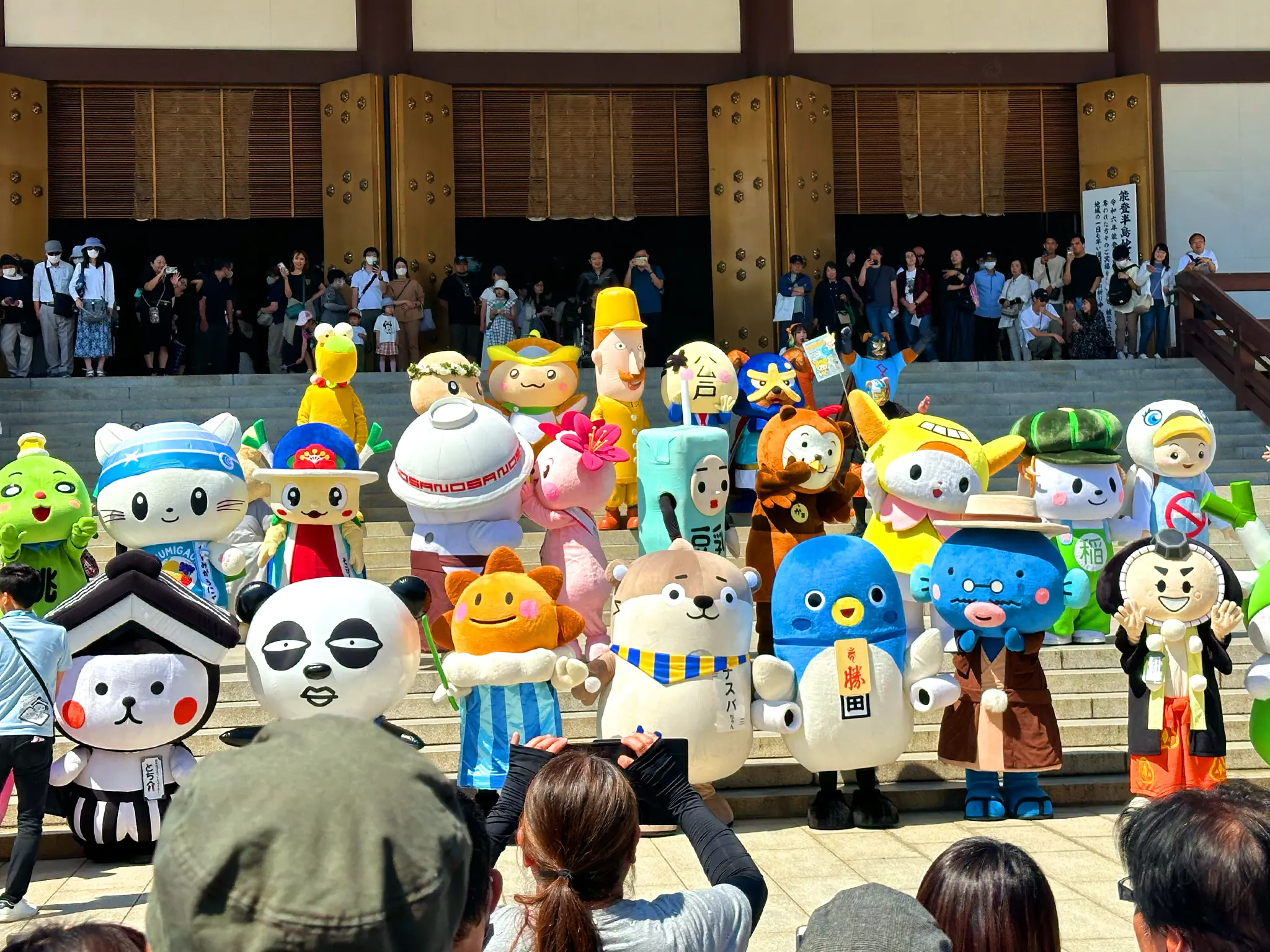
Yuru Kyara Festivals
Mascot festivals like Susaki’s are a ton of fun and a great way to learn more about what different regions of Japan have to offer through their tourism outreach programs. Festivals and community events pop up throughout the year, so be sure to keep an eye on social media and Tokyo Weekender’s events calendar for updates on the latest yuru kyara sightings.

